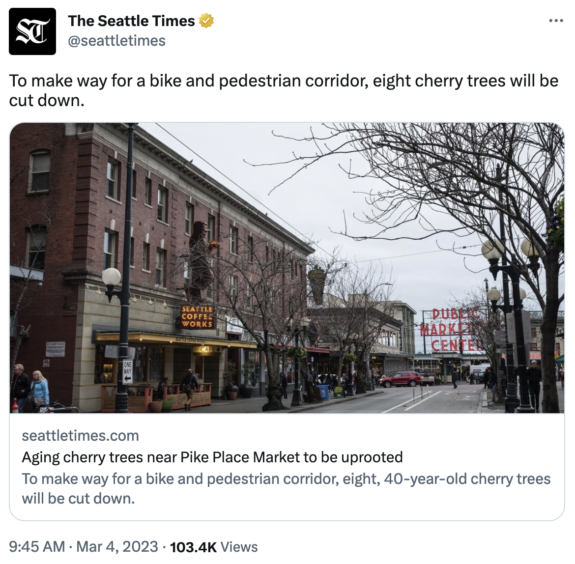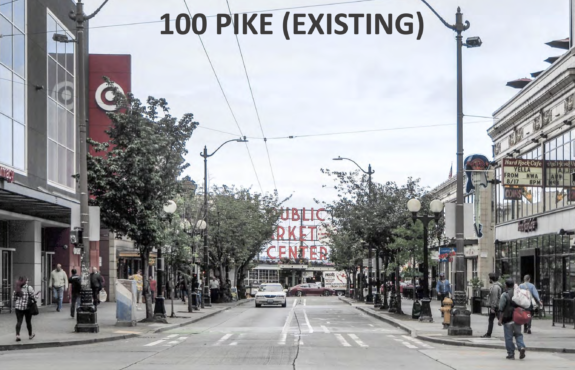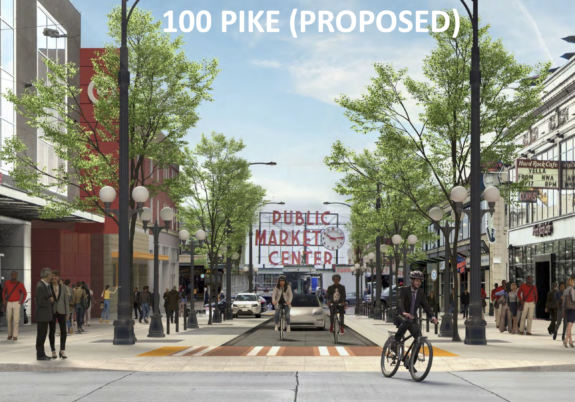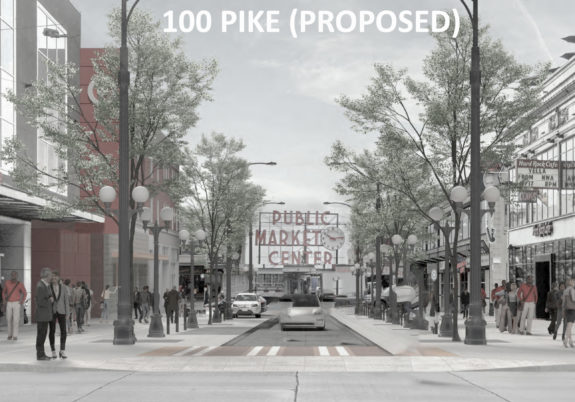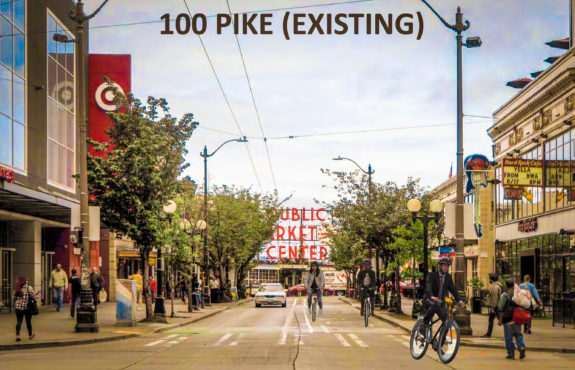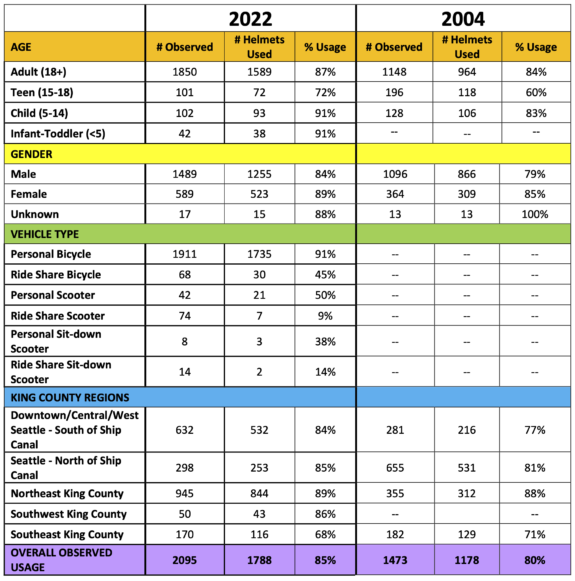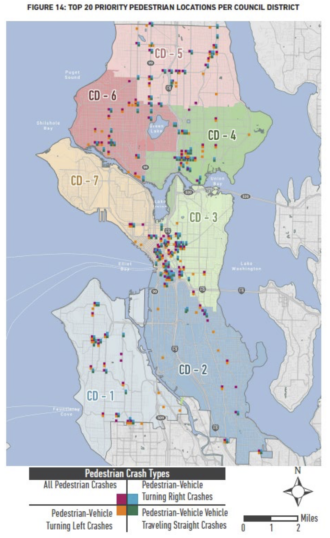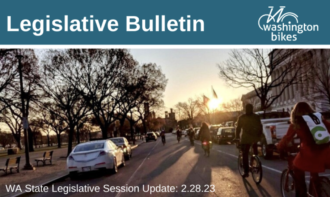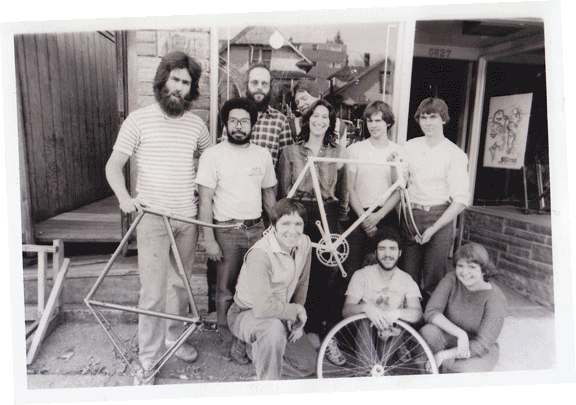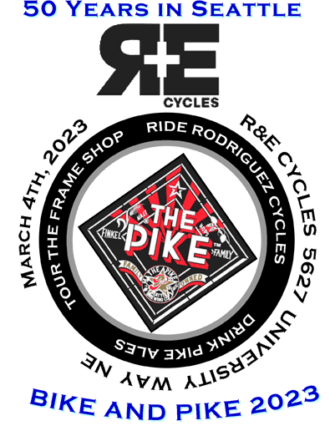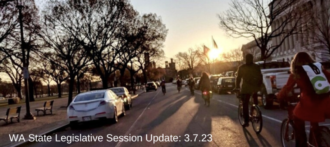 We are well into the phase of the legislative session where it becomes really difficult to keep track of which bills are moving, which ones are stalled, which have been amended to be better, which have been amended to be worse, and which are dead. So I highly suggest signing up for legislative updates from organizations like Washington Bikes, who are tracking things closely. You can also get a quick look at that status of biking and safe streets bills by checking out the WA Bikes bill tracker document.
We are well into the phase of the legislative session where it becomes really difficult to keep track of which bills are moving, which ones are stalled, which have been amended to be better, which have been amended to be worse, and which are dead. So I highly suggest signing up for legislative updates from organizations like Washington Bikes, who are tracking things closely. You can also get a quick look at that status of biking and safe streets bills by checking out the WA Bikes bill tracker document.
Here’s the latest update from Washington Bikes:
We’re more than halfway through Legislative Session and things are moving faster than ever!
At this point in the legislative process votes can happen at any time, discussion and debate can take minutes or hours, and we’re working hard to get our bills through the process. There have already been some exciting votes, and there’s more to come.
Highlights for week 9 (March 6 – March 10):
- On Thursday, March 9, HB 1319 (driver’s license review after a collision involving a person walking or biking) is scheduled for Executive Session with no hearing needed! That means we will *very likely* have a new law soon requiring drivers who hit a person biking or walking to re-test for their license. This is a big win!
- Last week, a number of key bills passed out of their house of origin, including SB 5452 (authorizing impact fee revenue to fund bike and pedestrian infrastructure improvement), SB 5743 (a technical fix to Move Ahead WA) and SB 5583 (improving young driver safety). These bills are part of Washington Bikes’ safety agenda, and we’re proud to see them move through.
At this point in the session, only one of our priority bills has died – the #WrongonRed bill to ban right turns at intersections where lots of people walk and bike. Thanks to your advocacy, so many more good bike bills made it through.
Background information:
- WA Bikes 2023 Legislative Agenda
- Check the updated status of our priority bills in the 2023 WA Bill Tracker.
- Washington State Legislature general information. Find your legislators and learn more about the process

